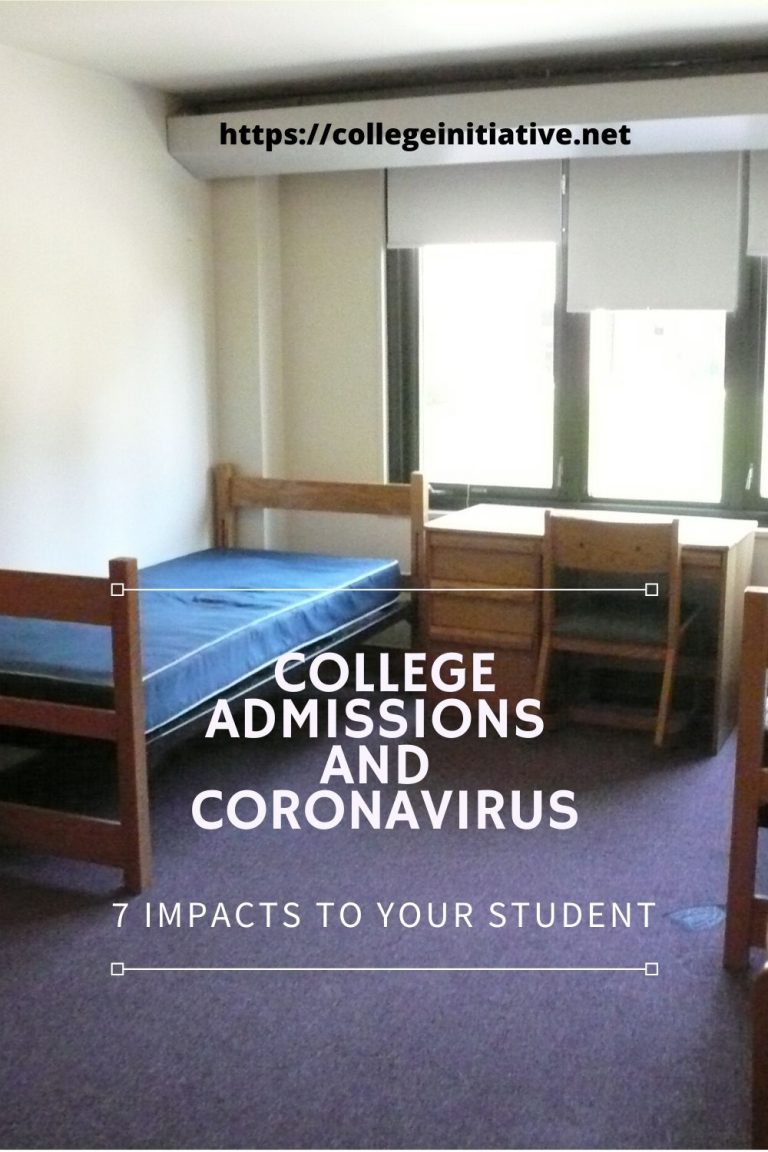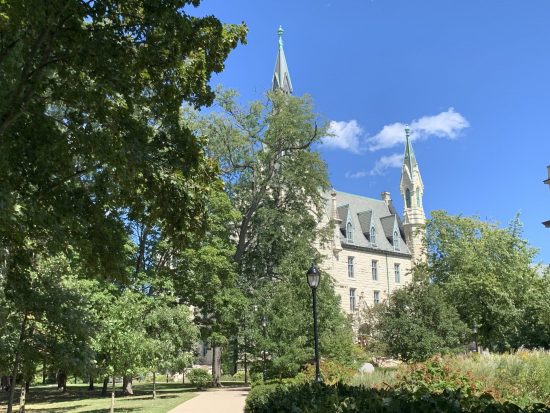The End of Race-Conscious Admissions – Or Is it?
Last Updated on June 29, 2023 by Jill Schwitzgebel
If you’re tuned in to higher ed, or maybe the news in general today, you’ll see headlines like “The End of Race-Conscious Admissions” or some go further and say “The End

Perhaps the most important part of the opinion reads
Nothing in this opinion should be construed as prohibiting universities from considering an applicant’s discussion of how race affected his or her life, be it through discrimination, inspiration, or otherwise.
In other words, colleges still have the option to consider race in admissions, this ruling is just going to make it more difficult to do so. (One seemingly odd, contradictory, but important part of the chief justice’s opinion – he explicitly exempts military academies “in light of the potentially distinct interests” they may present.)
There has long been a box designating race that students had the option of checking on the application. That likely will go away. So colleges will now have to find a workaround if they want to consider race in admissions to help achieve a diverse incoming class. Colleges receive high school profiles, they know demographics of each zip code, etc. They have other ways to discover the likely demographic of any applicant. But unfortunately, it’s been a struggle to achieve diversity on campus in other ways. And sadly, the SCOTUS opinion implies that racial minority students need to lay bare their racially-related trauma in the essay, to help colleges decide if they’re worthy of admission. I’m not a fan of that.
College Responses
Universities have begun to do their own analysis and release their responses. So far, most responses have been similar to that of Brown University President Christina H. Paxson, who “expressed deep disappointment in the ruling against a holistic practice of considering race among the factors in admitting students to universities. She emphasized the University’s commitment to complying with the law while also sustaining the diversity central to its mission.”
From University of California President Michael V. Drake, M.D.,”The consideration of race was not the conclusive solution to inequities in college admissions, but it was a necessary pathway to addressing systemic deficiencies.”
My Thoughts
My initial thought upon seeing the opinion and then the university responses was that every teacher and counselor who is writing a recommendation to support college admission for a student of color needs to let it be known that the student is part of a racial minority in the first sentence of their recommendation. And, rather than reliving racial trauma in an essay, perhaps students can just use the “Additional Information” section to simply state that they’re a member of a racial minority. But it’s too early to know whether that will be an effective strategy or not. And the problem with each of those scenarios is that not all students or teachers would get that guidance.
Taking a step back, I think it will be important in the month ahead, before college applications open up, to see how colleges choose to handle this. I think that the majority of colleges that use a holistic admission model, will try for that workaround. Many colleges already require a diversity statement from applicants as part of their application. I think we will see more “optional” essays about race added to applications and I hope that these essays will not require students to relive racial trauma in those essays. If your student is part of a racial minority, pay close attention to what the colleges on their application list are saying in response to the ruling.
The two big takeaways here are:
- This SCOTUS decision does not stop a college that wants to have a diverse student population on campus, from obtaining it. It just makes it harder for them.
- Most colleges in this country accept the majority of applicants, so this is mostly a non-issue at those schools.










